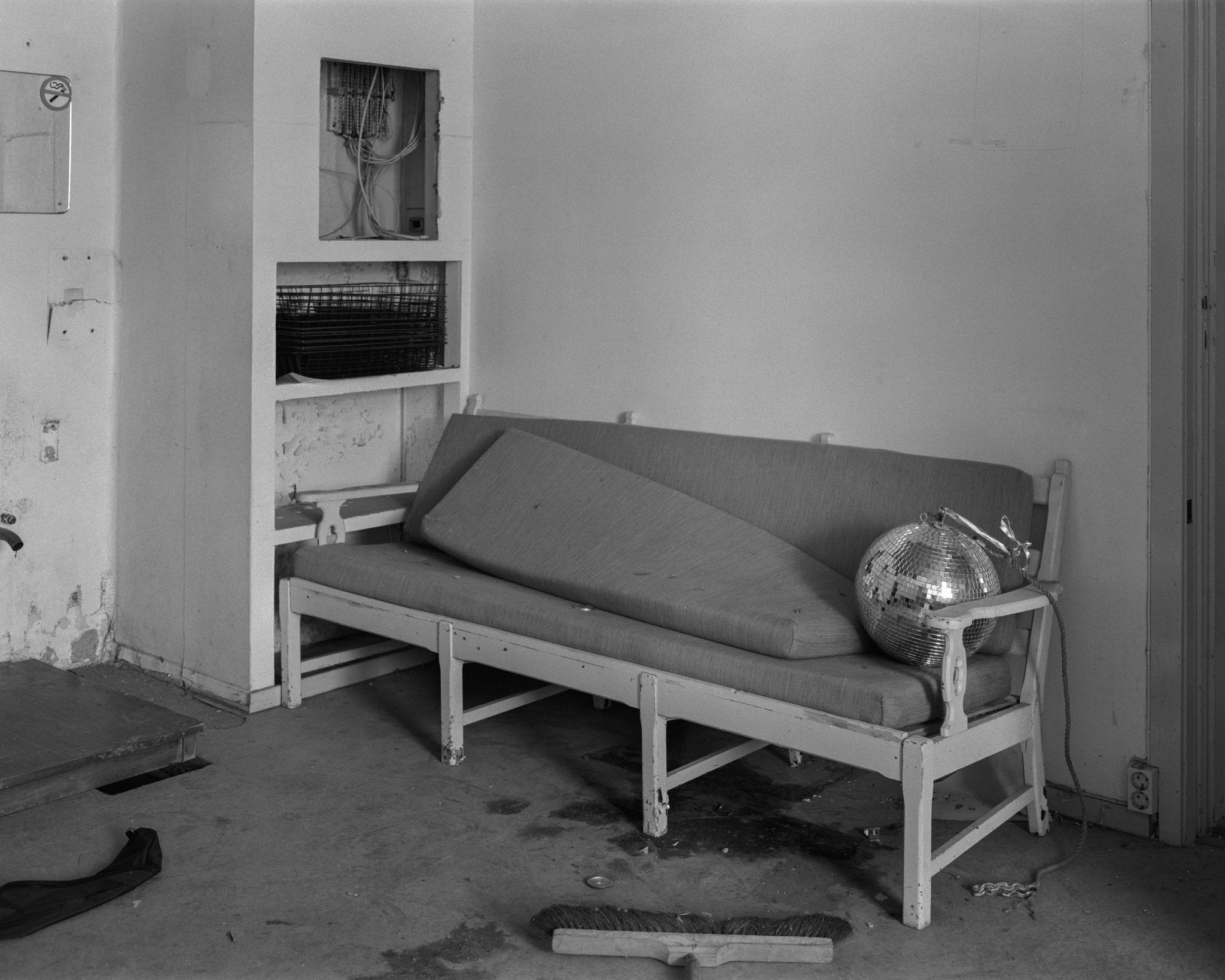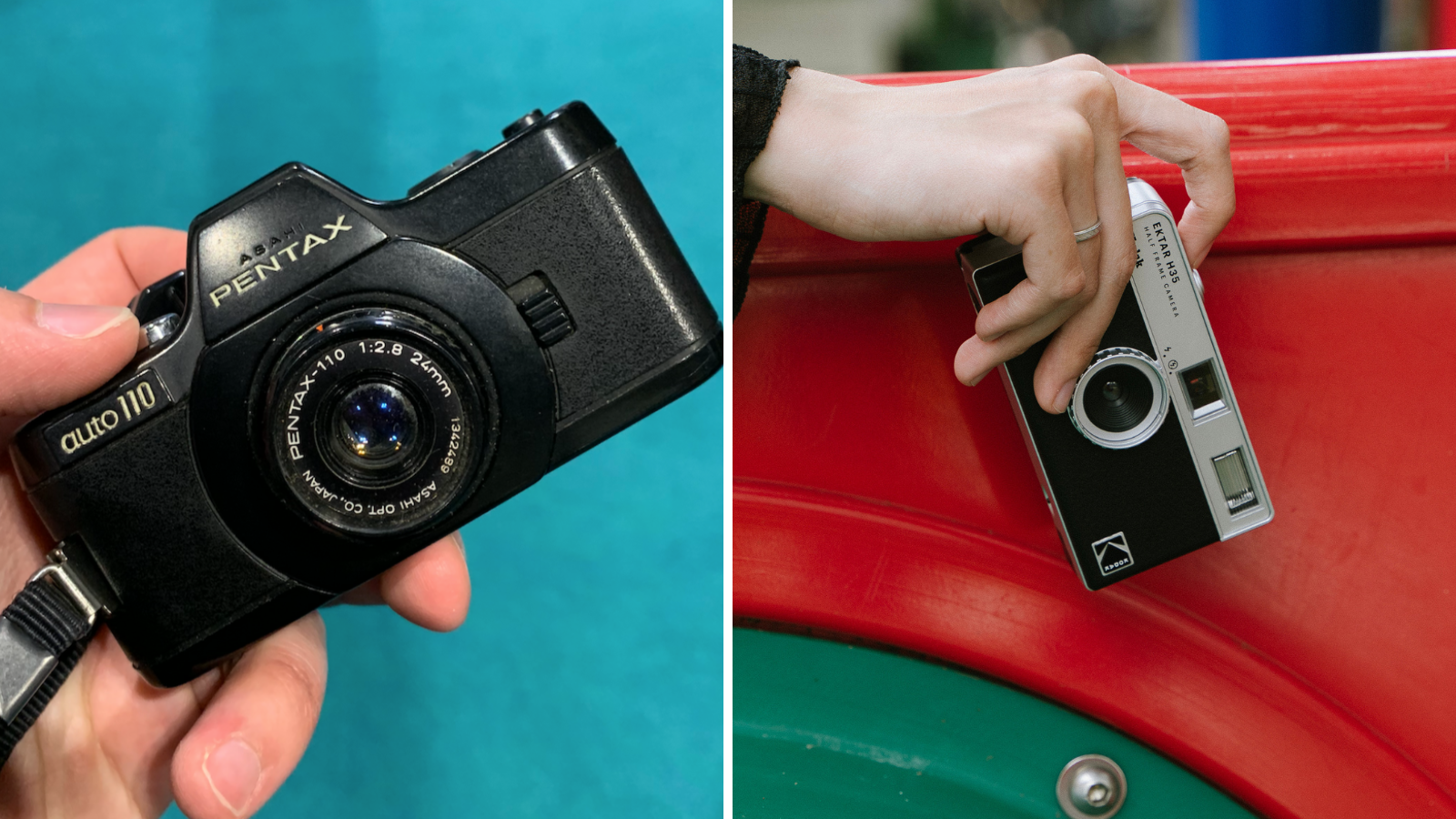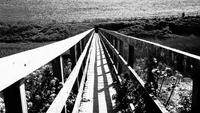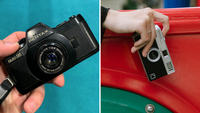Recent posts
Shop the article

Flying the Flag for Foma Film
By Paul McKay
With the high number of brands available to film photographers today, it is no surprise that some fall a little under the radar. One of those is Foma - a brand made in Czech Republic by a company founded in 1921. They are specialists in black and white, although have flirted with colour films, slides and papers in the past. They are also sometimes known as Arista EDU Ultra in the States and Canada.
Despite this long heritage they are neither as well-known nor bought as much as Ilford, Kodak or Fuji - but photographers who are familiar with the film often swear by its quality and flexibility! We asked one such photographer to tell us a little bit more about why he loves Foma film and why he would recommend other film shooters buying some rolls and trying it out.
The Wonderful World of Foma
Hi my name is Svein Olav Humberset and I am a Norwegian fine art photographer, predominantly working with film.
When you are just starting out shooting film you quickly get introduced to a company that makes cheap film: Foma (or Arista EDU Ultra in the states). The low price lets you learn and mess up without breaking the bank, and soon you are ready to move on to "real" films. But are the big brand films really a step up from Foma? I want to argue that Foma films are some of the best films out there. I have mostly used ISO 100 and ISO 400 so these films are my main focus, but I know Analogue Wonderland sell ISO 200 as well as Retropan and Fomapan (B&W slide film) and please assume that most of my comments on the quality of the films will apply to these slightly different products and ISOs.

Foma 100 - Roll Film (35mm and 120)
I'm going to start with some basics and get those out the way! In Norway this film is traditionally quite a bit cheaper than any other of the big brands. And when you pay less you would expect the film to be less sharp - which is true. And there's no hiding from that, do not expect this to perform to the level of the Kodak or Ilford Pro range ISO 100 films! However it provides a great grain (especially when slightly underexposed), it is forgiving on exposure, and it can give you great images in difficult light.
Interestingly it has a horrible reciprocity failure which can be both good and bad. If you don't have lots of filters, this film can help you get long exposures without shelling out for pricey filters. For example a metered 15 second exposure becomes a 2 minute 19 second exposure. A 30 second exposure becomes a 5minutes and 47 seconds exposure. That is pretty awesome if you don't have lots of filters, but can also be a huge con if you are using pinhole camera etc. Those exposure times can go for hours.
From a practical point of view this film is a delight to work with - it is easy to spool, it loves stand or semi-stand development in Rodinal and it dries very flat. This all makes processing and scanning very straightforward. You may struggle to get detailed information on developing times and temps if you're using an unusual developer, but any of the usual suspects are very straightforward.
This is a smooth and lovely film, that will give your images a classic old school look. You can use it for anything, but in my experience it works best with landscapes, fine art, project driven work rather than quick snapshots of the family with a point and shoot.

Foma 400 - Roll Film (35mm and 120)
The 400 version of the film keeps many of the same qualities as the 100. It's value, the grain, the tones are all similar. Of course you get greater light sensitivity with the increased ISO, but interestingly Foma also promises that you can expose this film between ISO200 and ISO1600 without needing to change the developing times to still get a clear and clean image! Personally I have only experimented up to 800 and am tempted to take the claim with a grain of salt, but even if you could spot small deviations in contrast or grain - it shows the flexibility of this film in different lighting situations. And of course if you want to you can push it to 1600 or 3200 and it will perform well. Not quite to the level of HP5 or Tri-X but close!
Similar to the ISO 100 film, developing and scanning are made easy by the forgiving nature of the plastic backing and simple development.
Foma - Sheet Film (Large Format)
I really can't find anything significant to complain about Foma's large format films. I've shot a lot of 100 and 400 and found them to keep the roll film's characteristics of good exposure forgiveness and lovely tones, and of course the larger format smooths out some (not all!) the grain to provide much greater detail in the final image.
Summary
The Foma100 and Foma400 are not just cheap films to experiment with, although they are perfect for that too! These films can give you beautiful tones and grain that can complement your style of shooting perfectly. The images provided with this article are all from my exhibition «Samtidsruinar» (translated «contemporary ruins») from 2018. The rest of the images can be found at www.humbersetfoto.com.
Pick up a few rolls of it today and get to experience the wonderful world of Foma!
Ready to dive in?
Keep Reading
View all
Experimenting with the Newest Addition: Ferrania P33 Film Review

Half-Frame vs. 110 Film: Compact Convenience

Analogue Appeal: Why Do People (Still) Shoot Film?
Subscribe to our newsletter 💌
Sign up for our newsletter to stay up to date on film photography news, sales and events:
Free Tracked Shipping
On all UK orders over £50
Passion For Film
An unbeatable range and an on-site lab
Our Customers Trust Us
Thousands of independent 5* reviews
All Deliveries are Carbon Neutral
Independently audited and verified by Planet
- Opens in a new window.








1 Comment -
Eze •
Very nice pictures. These last pictures are 4×5 100 or 400? The tones are amazing. Developer? Thanks!